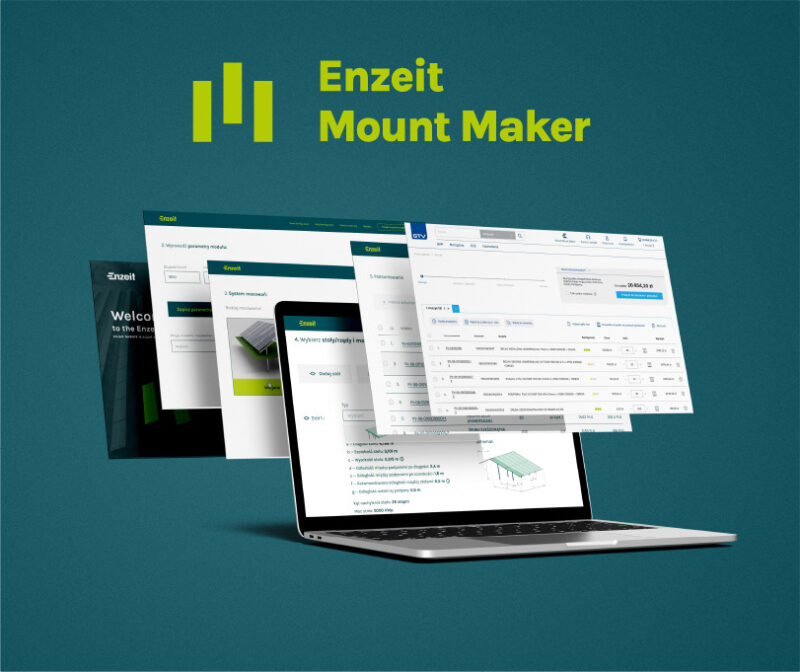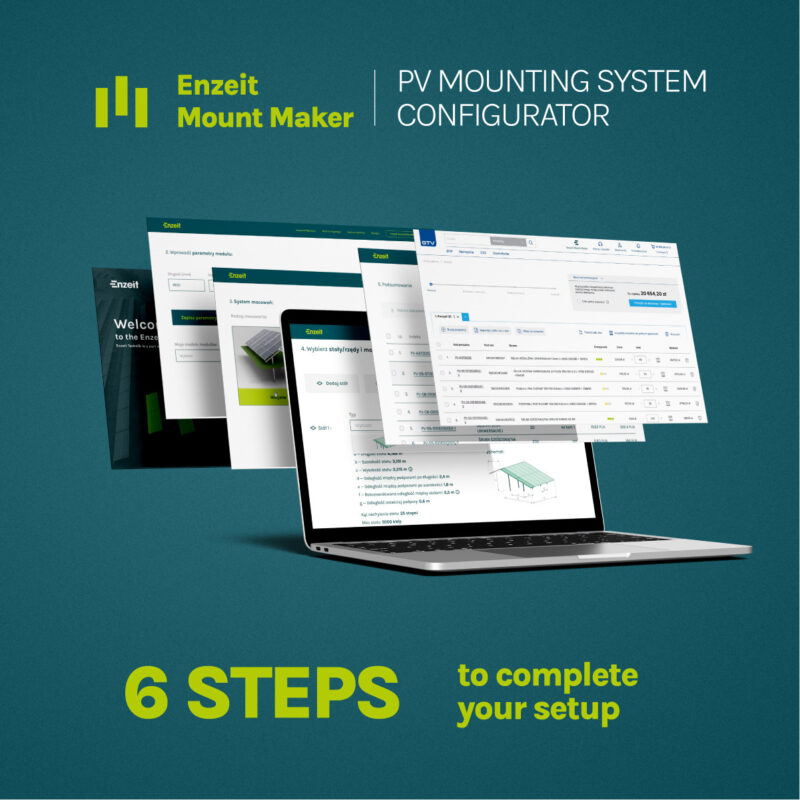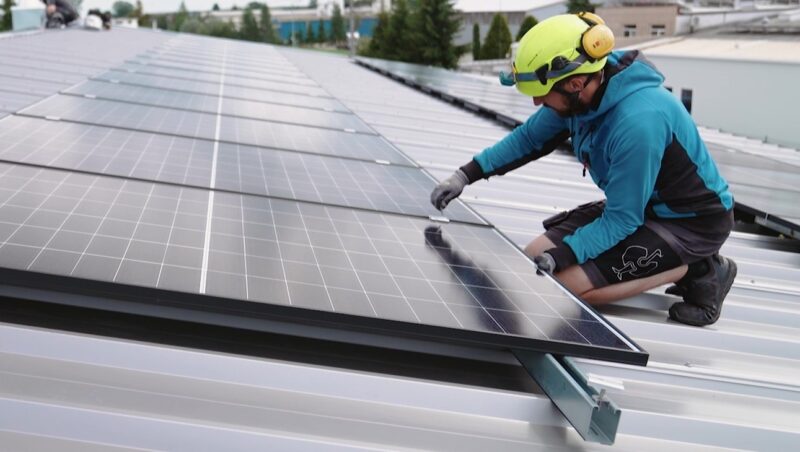Many people considering the installation of a photovoltaic (PV) system ask themselves what exactly influences the costs of such an investment. The prices of photovoltaic systems, including their support structures, can vary significantly depending on multiple factors. Let’s take a closer look at the key elements that shape the cost of setting up a PV system and discuss how these costs may fluctuate under different conditions.
Support Structures for Photovoltaic Panels
Photovoltaics is becoming an increasingly popular solution for households, businesses, and institutions looking to reduce energy costs and contribute to environmental protection. One of the fundamental components of a photovoltaic installation is the support structure (photovoltaic system framework).
A well-designed support structure not only ensures stability but also allows for the optimal positioning of the panels relative to the sun, significantly impacting the overall efficiency of the system.
What Determines the Cost of a Photovoltaic Structure?
Let’s examine the most important factors related to support structures in PV installations.
Materials for Photovoltaic Structures
The materials used in the construction of a photovoltaic support structure play a crucial role in determining installation costs. The most commonly used materials include:
- Aluminum – lightweight, corrosion-resistant, and easy to install, but more expensive than other materials.
- Galvanized steel – more durable and cheaper than aluminum, but heavier, which may increase transportation and installation costs.
- Stainless steel – rarely used due to its high cost, but it is applied in specific environmental conditions. Its corrosion resistance results from a passive layer that is an integral part of the material rather than a coating.
- Steel with an anti-corrosion coating – steel covered with special coatings that protect against corrosion, extending lifespan and ensuring durability in harsh environmental conditions. PV structures, such as frames and supports, must withstand moisture, temperature fluctuations, UV radiation, and aggressive environments (e.g., near the sea or in industrial areas).
The choice of support structure material affects not only the cost of the PV installation but also its durability and resistance to environmental conditions.
Types of Photovoltaic Structures
Photovoltaic structures can be classified into several main types, differing in purpose and installation method:
- Rooftop structures – designed for mounting panels on flat or sloped roofs. Their cost depends on the type of roof, angle of inclination, and materials used.
- Ground-mounted structures – used for installations in open spaces. They are more expensive as they require stronger foundations and more materials.
- Tracking structures – enable the panels to follow the movement of the sun, increasing efficiency by 20-30%, but significantly raising the cost of photovoltaics.
Size and Complexity of the Installation
The larger the PV installation, the more materials are needed for its construction. The complexity of the project is also an important factor—irregular roof shapes, challenging terrain conditions, or the need for additional reinforcements can increase installation costs.
Environmental Conditions and Photovoltaic Pricing
The installation location influences the choice of appropriate structures. Some environmental factors that can raise photovoltaic costs include:
- Wind zone – in areas with strong winds, more durable structures are required.
- Snow load – in regions with heavy snowfall (e.g., mountains), structures must withstand additional weight.
- Corrosive environment – for example, near the sea, more resistant materials must be used. The standard classification of corrosive environments is described by ISO 9223, which categorizes environments from C1 (least aggressive) to C5 (most aggressive).
Support structures must be adapted to the specific characteristics of the region, which can increase the cost of a PV installation. Additionally, transporting heavy materials, especially over long distances, can generate extra costs.
Design and Certification
A professional structure design that complies with local regulations (PN-EN 1090-1) is an essential part of every installation. Certified systems are typically more expensive but provide greater safety and durability for the PV system.
Brand and Quality of Workmanship
Products from reputable manufacturers are usually more expensive, but they offer better quality, greater durability, and longer warranties. While cheaper structures may seem attractive, their lower quality can lead to faster wear and tear or costly repairs, ultimately increasing the total cost of a PV installation.
How to Choose the Right Photovoltaic Structure?
When selecting a photovoltaic structure, both the installation site’s characteristics and the investor’s budget should be taken into account. Consulting professionals can help choose the optimal solution, considering environmental conditions and technical requirements.
Investing in a solid and durable photovoltaic structure is a step toward long-term savings and energy efficiency.
Photovoltaic Costs – Summary
The cost of a photovoltaic installation, including its essential structural components, is determined by a complex set of factors that vary depending on the project’s specifics. From the price of PV panels and the type of inverter to the cost of installing the support structure and potential terrain challenges, all these elements contribute to the final price of a photovoltaic system.
It is important to understand that the cost of photovoltaics is an investment that, over time, brings benefits in the form of savings on electricity bills. Carefully considering all factors when selecting the right PV system and its support structure can lead to a more efficient and cost-effective solution in the long run.




